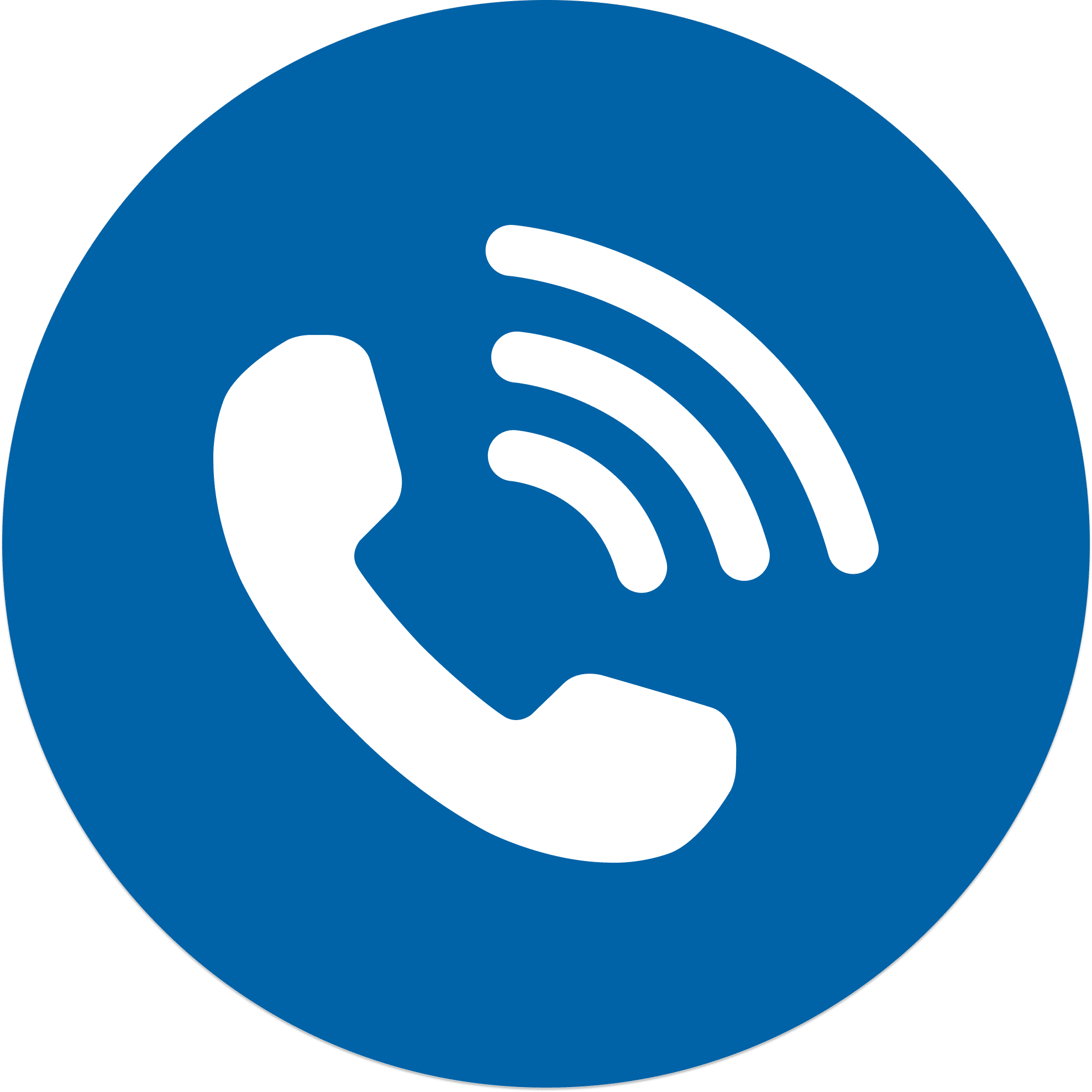An ocular migraine is a condition that entails visual issues such as an aura, blind spots, and flickering in one eye accompanied by migraine headaches. Ocular migraines are also known as retinal migraines. The attack of visual issues is typically temporary, but in some cases can be permanent.
The frequency of an ocular migraine ranges from person to person and can be experienced more than once. Ocular migraines are most common between the ages of 20 to 40 with some starting as early as seven years old.
Read on to stay informed about this eye condition with the help of the Cleveland Eye Clinic.
Ocular Migraine Symptoms

Common ocular migraine symptoms include:
- Blind spots in the central area of the eye that start small but can become larger
- Visual attacks that last less than 60 minutes
- Usually only present in one eye
- Issues with peripheral vision
- Zigzagging patterns
- Shimmering or flickering lights
- Floating lines
These varying symptoms usually last 10 to 20 minutes before your vision returns to normal. The main and most common symptoms of an ocular migraine are visual disturbances to one eye and a migraine headache.
What Causes an Ocular Migraine
Many things can cause an ocular migraine. Common theories for ocular migraine causes range from issues with the blood vessels or blood flow that support the retina. Genetics and a family history of migraine headaches. Blood flow issues to the eye’s retina cause visual issues until normal blood flow returns. It’s also somewhat common among people with a family history of migraine headaches to experience this eye condition.
While exact causes are a debated topic, there are some common triggers associated with ocular migraines. Common triggers include:
- Stress
- High blood pressure
- Low blood sugar
- Smoking
- Dehydration
- Hormonal contraceptive pills
- High altitudes
- Exercise
- Alcohol
- Caffeine
- Bending over
How to Get Rid of an Ocular Migraine
Getting rid of an ocular migraine follows treatments that are based on your doctor’s recommendations. Your doctor may recommend over-the-counter medications, such as acetaminophen, ibuprofen, or naproxen for more mild cases. For more severe ocular migraines, your doctor may prescribe medications that are known to deal with migraines and the symptoms that accompany them, such as nausea.
How to Prevent an Ocular Migraine
Preventing an ocular migraine isn’t always achievable. One of the biggest recommendations to help ocular migraines is avoiding common triggers. If you’ve experienced this eye condition before, try to recollect what you were doing beforehand. Try to remember the activities you did, what you ate or drank, and how you felt beforehand. While it may take a while to figure out what triggers your ocular migraines, this is a great place to start.
You may also consider lifestyle changes. This may include avoiding dietary triggers, managing stressors like high blood pressure, and quitting smoking or cutting out caffeine and alcohol. Once you determine your triggers, these lifestyle changes may help reduce the number of attacks you have.
How Long Do Ocular Migraines Last
Visual symptoms of an ocular migraine tend to last between five and 60 minutes. The migraine headache that accompanies the visual attacks can last anywhere from six to 72 if left untreated.
When to See a Doctor About an Ocular Migraine
At what point is it a good time to see a doctor about your ocular migraines? If you’ve experienced an ocular migraine for the first time, see your healthcare provider to make sure it’s not connected to a more severe eye or brain condition. If you’ve lived with ocular migraines for a while, you should see your doctor if your symptoms change or get worse.
Schedule an Eye Appointment Today
With six different offices and four surgery centers in Ohio, our doctors at Cleveland Eye Clinic offer specialized eye care with an experienced and dedicated staff. When it comes to eye services such as retina care in Ohio, choosing us means receiving a level of personal service and attention that you will not find anywhere else. Contact us today to schedule an eye appointment and we’ll get in touch with you shortly.








